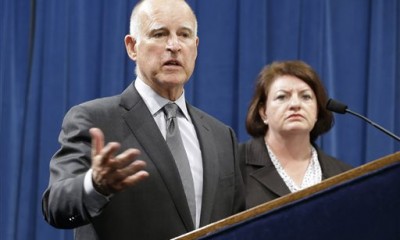A study released by the Justice Department on May 1, 2013, proves that the federal Bureau of Prisons (BOP) could save money by improving the compassionate release system and the way in which it is applied in prisons throughout the United States. Since the Sentencing Reform Act of 1984, a judge is allowed to reduce prisoners’ sentence due to extraordinary circumstances such as terminal illnesses. However, the Bureau of Prisons takes up to 65 days to review requests, resulting in many inmates dying before they can get a final decision.
In times of overcrowded prisons and budget reductions, keeping prisoners locked in when they could be easily set free under specific pieces of legislation seems like a waste of resources. Federal prisons are at 130 per cent capacity and complaining about the lack of room. The report presents eleven ways in which to improve the program to save space and cut down on medical and other costs. These solutions were presented as a response of the Justice Department to the petitions presented by the Bureau of Prisons in recent months.
A Long Process
According to the study released by Inspector General Michael E. Horowitz, the process begins when the prisoner submits the request to a Warden. If the Warden approves the request considering the circumstances enough to go ahead with the compassionate release, the case is then presented to the Regional Director. Each request must detail where the inmate will live and his/her means of support. Once the Regional Director approves the request, the General Counsel presents the case to the BOP Medical Director if the circumstances are of a medical origin or the BOP Assistant Director if they are not. Lastly, the BOP Director is in charge of making the final decision.
From 2006 to 2011, around 24 prisoner a year were released under these circumstances. However, 28 died while waiting for a decision. Moreover, requests which were not based on medical reasons were denied in all the cases, even though the piece of legislation does not state that medical reasons are the only cases that could be approved.















Facebook
Twitter
Pinterest
Google+
LinkedIn
Email